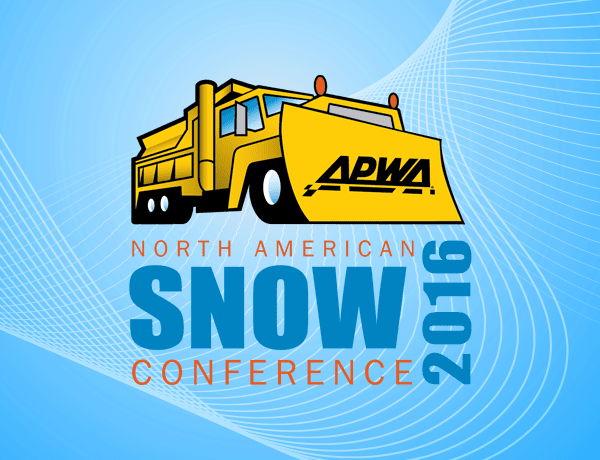Video
Can a City Effectively and Successfully Incorporate a Work Order Management System and GIS into an A
The City of Bloomington Utilities Division utilizes cutting-edge technology to manage water and sewer infrastructure. Their system includes enhancements to CMMS utilization and functionality, a state-of-the-art GIS system, and adoption of asset management best practices.
Read MoreThe vision for New Zealand’s 30-Year Infrastructure Plan is that by 2045 New Zealand’s infrastructure will be resilient and coordinated, contributing to a strong economy and high living standards. The desired outcomes include better use of existing assets and a better allocation of new investment.
Read MoreThe prospect of funding current sewer operations as well as CSO abatement and combined system separation has wastewater utilities trying to find new financial models to meet these requirements. This session will feature case studies describing how the City of Coral Gables, Florida and the City of Portland, Maine each addressed this challenge.
Read MoreWondering how Greenroads might fit into your transportation master plan and funding programs? How do you make the case to your city council that Greenroads is a good fit for your projects? How do you set up for success with Greenroads Certification? What else can you do to implement greener practices to meet strategic sustainability goals for your agency? Find out the answer to these questions and more with hands-on group learning activities and stories from the folks in the weeds with Greenroads Projects around the world. Two experienced project managers, from both the public and private sides, will share what it takes to be successful on Greenroads Projects and their approach to greener design and construction of transportation projects.
Read MorePublic works is a primary emergency responder, a role that some in public works itself have not fully recognized. Let's explore the role of public works in prevention, response and recovery, traffic control and incident management, clearing roads so other responders can access stricken areas, assisting with evacuation and rescue, damage assessment, repair and restoration. Let's talk about ways to increase recognition from other responder disciplines.
Read MorePreparing the Next Generation of Public Works – Equipping Leaders with Tools to Engage Your Staff an
2016 Emerging Leaders Academy Presentation
Designated the Myron Calkins Excellence in Leadership Series
Do's and Don'ts of Implementing Fully Automated Garbage & Recycling Collection
Commerce City, Colorado has rolled out new residential trash and recycling collection services, switching to a fully automated system which reduces environmental impacts, improves neighborhood appearances and continues to provide quality pick-up service as the city grows.
Read MoreDevelopment of an effective winter operations plan can be a good start before proposing operational changes. Not only can it help guide many of your decisions, but since the document will ideally be based upon the expectations of your elected body and the public, it should help support any goals you are striving to achieve.
Read MoreThe Towns of Wakefield and Needham, MA automated the processing of snow plow contractor tracking, invoicing and reporting with web-based tools with tremendous success. This session will review and summarize three full-seasons of real New England snow operations data and how web-based tools can impact documentation and data processing.
Read MoreJoin this program, brought to you by the APWA Water Resources Committee to learn about tools to help you develop a formal asset management system.
Each discipline within Public Works operations have assets for which we are responsible. Those assets vary from community to community. Public Works professionals have been managing them for years; so why do we need to develop a formal asset management system? This session will address how a formal system will benefit your operations, how to begin a formal asset management system, how to utilize computer based software as part of your formal asset management system and include another public entity’s lessons learned.
Read More